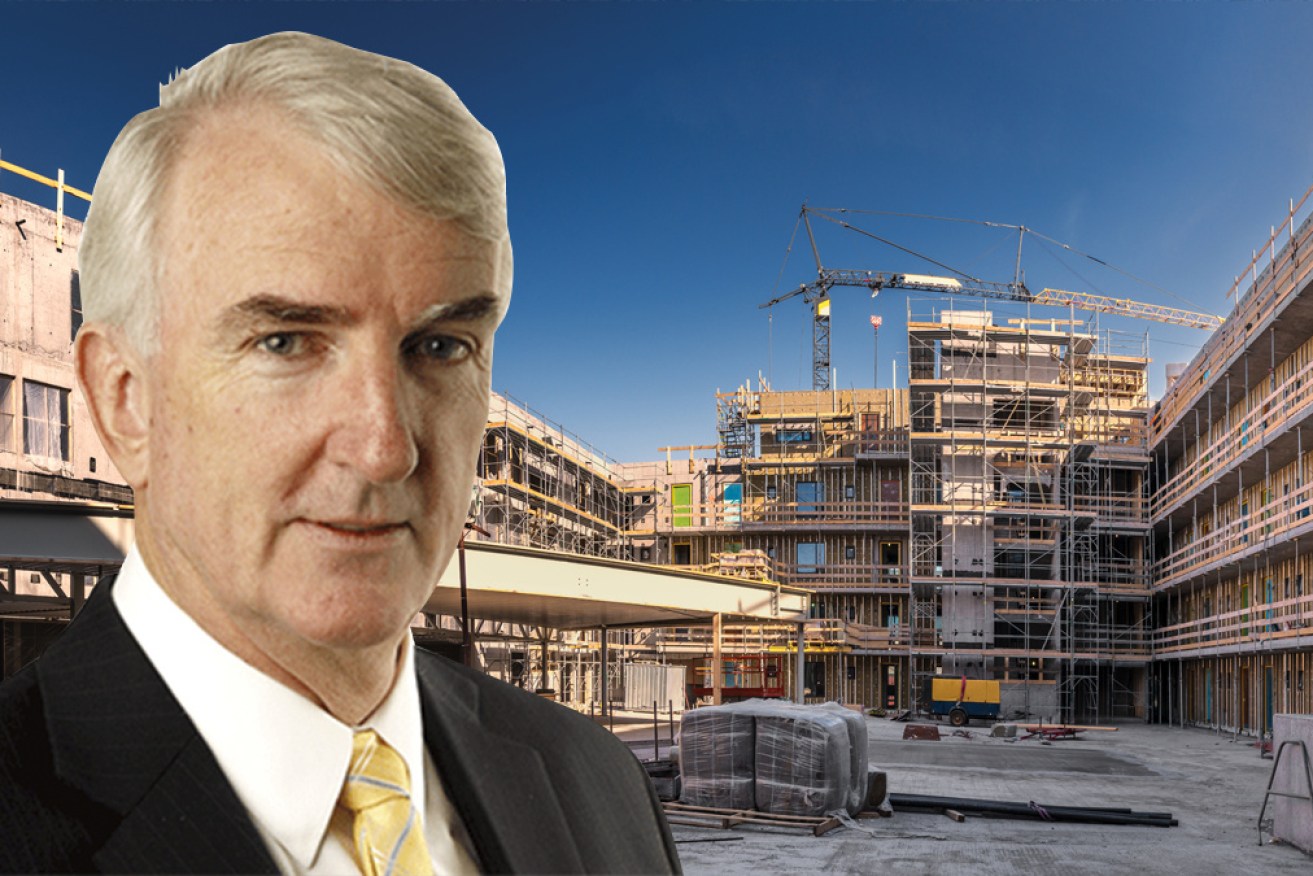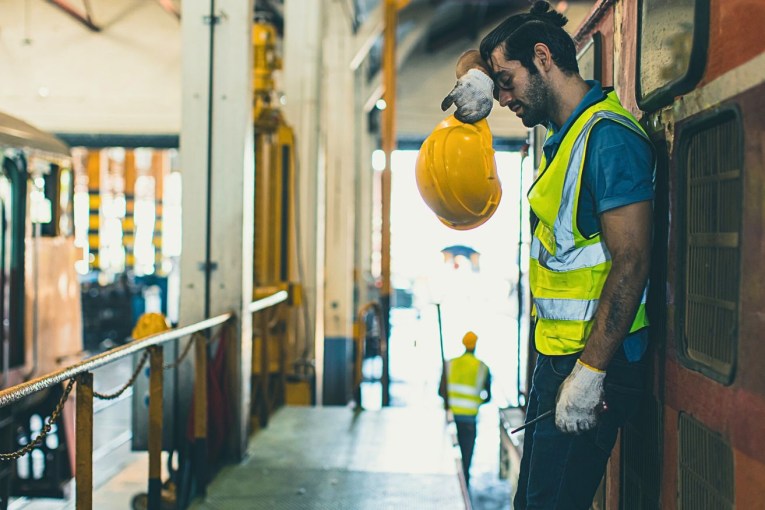Michael Pascoe: After the house building boom comes the bust


A bust is looming for the residential construction activity, Michael Pascoe says. Photo: Getty/TND
Fuelled by government incentives and cheap money, 2022 is set to be an absolute boom for house building across most of Australia – but then comes the bust, dropping building activity below pre-COVID levels.
And the impact of the forecast 2023 downturn is set to be made worse by the expiry of incentives coinciding with the demographic impact of our closed borders and the easing of pent-up consumer demand.
A new report by industry research and forecasting company Macromonitor finds the federal government’s HomeBuilder scheme is having the greatest impact in the smaller states, where the boom but also the bust will be greatest.
Next year’s building boom coincides with and is a contributing factor to the consumption splurge the government is relying on to make up for the federal spending being reduced after the record 2020-21 stimulus.
The economic risk is that once the surge from consumers’ pent-up demand is satisfied, there’s little policy on offer to maintain momentum as the deficit is pared back.
Treasury is forecasting real take-home pay to shrink while making a big act of faith that non-mining business investment will suddenly take off in 2022-23.
The least affected city by the detached housing rollercoaster will be Sydney, “saved” by the high price of housing.
There are proportionately fewer opportunities in the NSW capital for house-and-land packages of less than the $750,000 HomeBuilder limit.
The pandemic stimulus measures stopped the slide in Sydney house approvals, but only brought them back up to 2019 levels and then not for long.
Excluding NSW, the rest of the country and the other capital cities collectively are seeing record detached houses approved this year, which will translate into record building in 2022 before what Macromonitor sees as a sharp slump in 2023.
Approvals are estimated to be up by 40 per cent this financial year, but then fall by a greater number of houses over the next two years.
NSW building approvals with HomeBuilder grants were only equal to 27 per cent of 2019’s total approvals, and non-metro regions approvals made up a bigger proportion of total NSW approvals than in the rest of the country.
At the other extreme, Macromonitor estimates building approvals with HomeBuilder grants in Western Australia were 122 per cent of all WA detached housing approvals the previous year, followed by South Australia with 85 per cent, Tasmania 80 per cent, Queensland 71 and the Northern Territory with 54.
Victoria is forecast to record the most HomeBuilder building approvals, but they represent only 49 per cent of 2019’s approvals.
Macromonitor director Nigel Hatcher said the greater stimulus outside Sydney reflected the much larger relative value of the grants compared with house prices.
“Generally, across Australia, the boost to house building has been much greater in regional areas, both due to the relative value of the grant and because of the movement of people out of capital cities during the pandemic,” Mr Hatcher said.
“This has temporarily reversed the long-run history of steady decline in new house building in our regional areas.”
Capacity constraints – shortages of materials and skills – are expected to slow completion of houses where the boom is greatest.
Macromonitor says the boom runs contrary to demographic demand.
The report estimates a net outflow of 95,000 people this financial year, compared to a net inflow of 250,000 pre-pandemic. Net overseas migration is expected to turn positive again some time in 2023, but not return to pre-pandemic levels until 2024.
“The conclusion of a large incentive scheme is always followed by some decline in demand for new housing, but the added factor of this large gap in demand where overseas arrivals used to be, will cause the next downturn to be particularly large,” Mr Hatcher said.
The boom is purely in detached housing. Macromonitor expects multi-unit residential building will continue to decline until 2022-23.
The forecast downturn in housing construction could yet have an upside if governments want to avoid the danger of Australia’s growth slumping back to pre-pandemic levels.
The opportunity would be there to keep the tradies on the tools by getting serious about building more social and affordable housing.
But that would require governments having the desire and ticker for the job.










